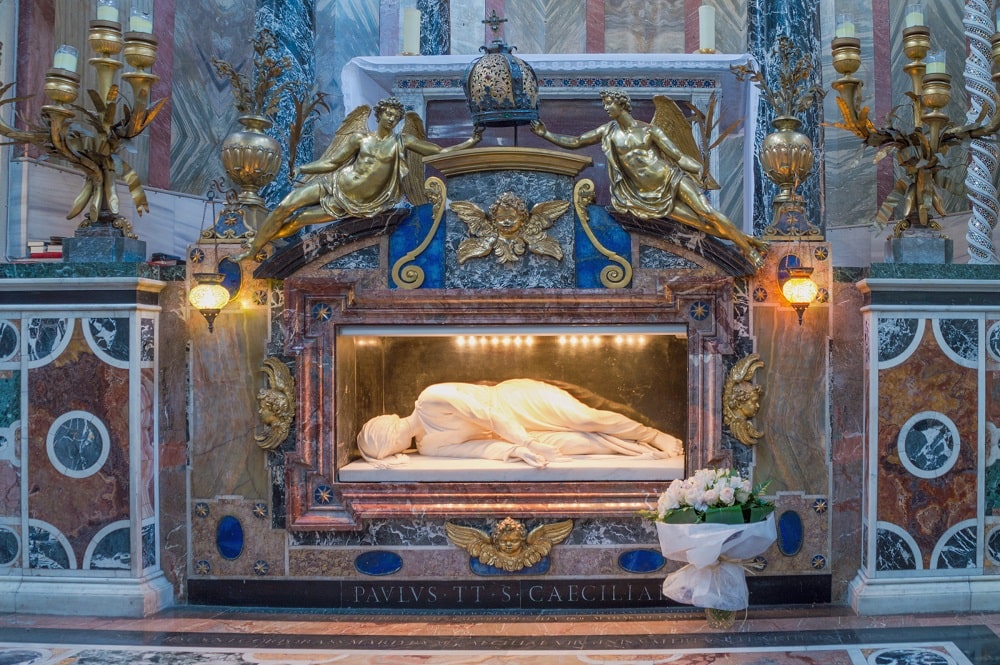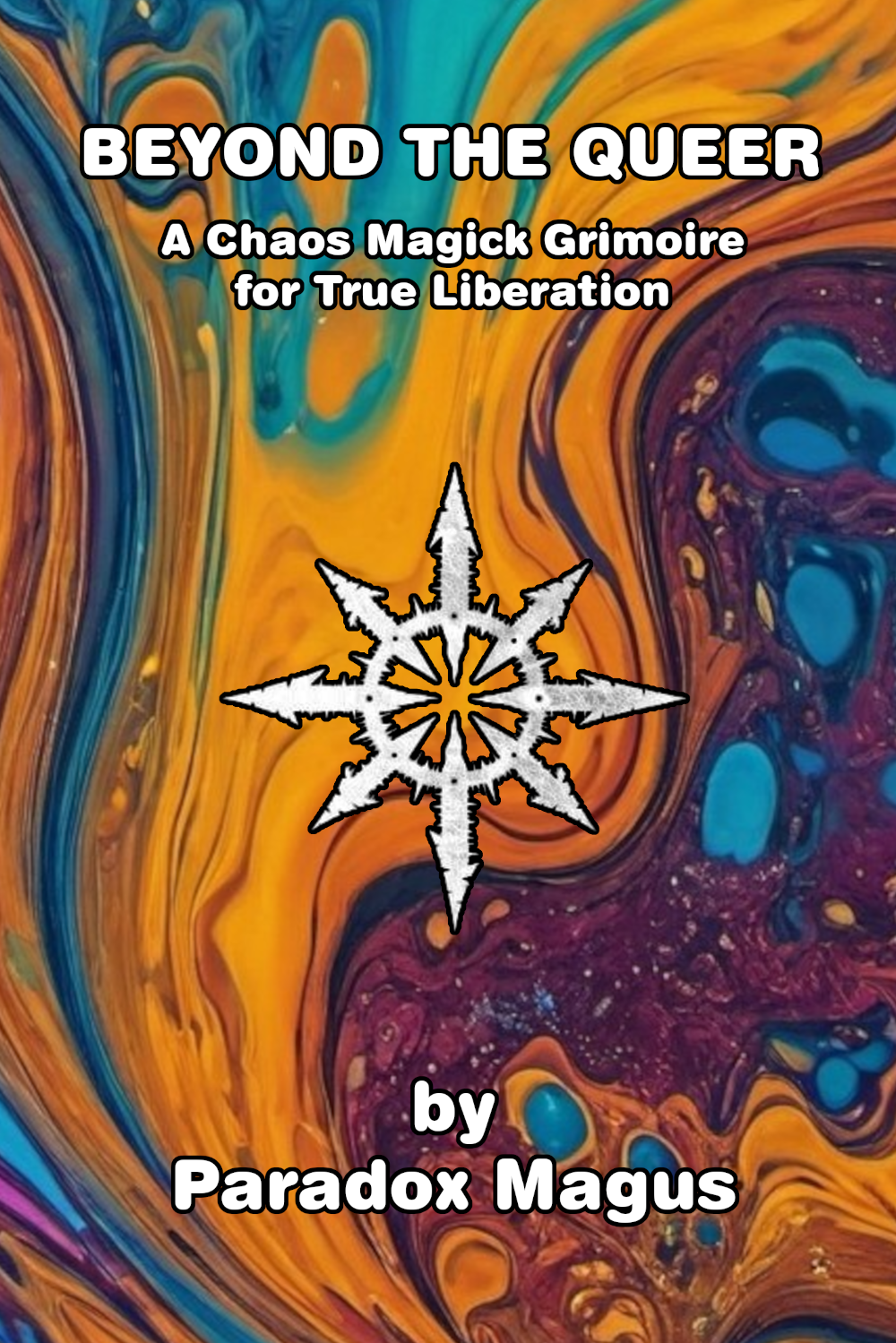
The worship of martyrs intertwines its roots with some pagan customs.
In his day St. Augustine spoke out against the worship of martyrs. For he did not believe in the miracles of the Saints and denounced the fraudulent trade of relics. In the end, the philosopher would change his opinion after the healings attributed to the remains of Saint Stephen when they were destined to Hippo in 425.
The worship of martyrs had already been practiced since the end of the second century and was accepted by the Church. But it was after the great persecutions and the peace granted by Constantine that it would acquire a great relevance in social and religious life.
The relics of the witnesses of Christ were venerated in a natural way, even though some bishops considered this activity as a prolongation of some pagan practices and were worried that paganism would once again become more important than the figure of Christ.
An example of the continuity of pagan practices within Christianity were the banquets held at the tomb of the deceased on the day of the funeral and later on each anniversary of his death. The archaic rite thus became a Christian foretaste of the eschatological feast in Heaven.
Beyond the funerary banquet that was common to several cultures, the worship of martyrs would present a new element. The martyrs had transcended their human condition and through their sacrifice for Christ were in Heaven as well as here on Earth. Their relics constituted a sacred dimension. Thanks to this they could work miracles. Their tombs were a sacred place that served as a connection between both realities.
All this was justified through the doctrine of incarnation. If God had become incarnate in Jesus Christ, every martyr had sanctified his flesh. His exemplary death was an imitation of Christ's sacrifice. The fragmentation of the body and of his personal objects (such as the garments) continued to benefit from the sacred contact of the tomb and therefore could also work miracles.
During the 4th and 5th centuries there were two types of churches in Syria: basilicas and martyrs' churches. In the latter, an altar dedicated to the saint and his relics was placed in the center. Despite the resistance of the clergy, special ceremonies consisting of offerings, prayers and hymns were held. There were also night vigils that lasted until dawn. The faithful patiently waited for miracles to take place. Banquets were also held around the altar.
This cult became popular in the 6th century, but in the Eastern Empire it became excessively uncomfortable. The ecclesiastical authorities strove to ensure that the cult was always subordinated to the figure of Christ.
Unstoppably, the exaltation and fervor aroused by the relics gradually spread throughout the Western Empire. But rather than repressing it, bishops encouraged it. And the tombs of the martyrs became the true centers of religious life. Graveyards began to develop a certain prestige and complex buildings were built around them so that foreigners could visit them. They became virtually cities on the fringes of cities.
Christianity was especially characterized by opening public worship to both women and the poor. Pilgrimages, ritual processions and multitudinous processions were organized. This encouraged the spread of Christianity. Even today churches compete in presenting relics and many of them include a congregation that worships the martyr they host.
Since prehistoric times we have attached a magical or sacred value to the bones of animals and our deceased. Christianity knew how to channel this practice into its theology and turned it into a creedal ally.

